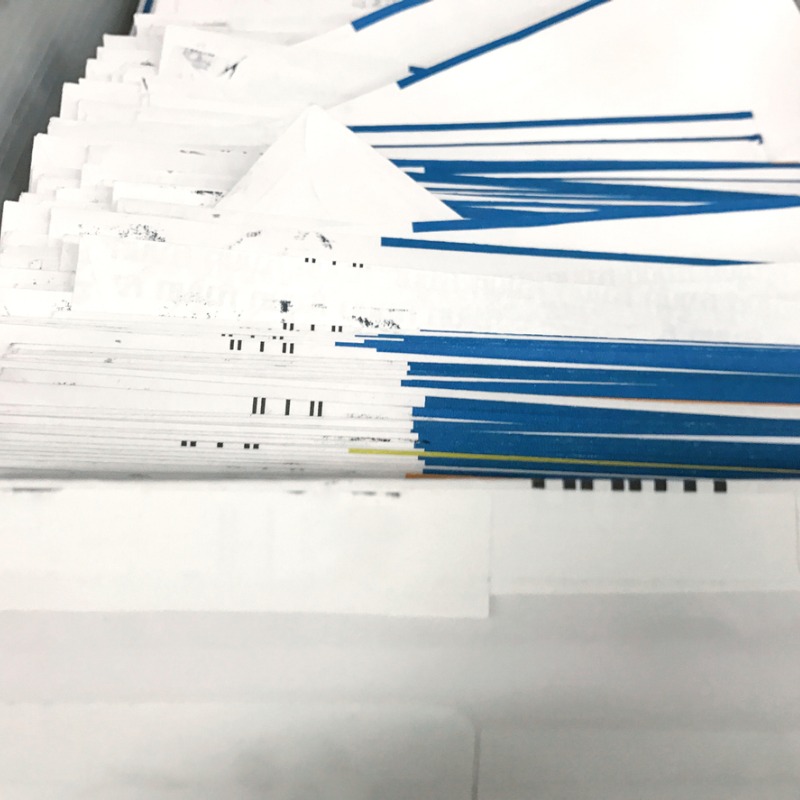September 15, 2025
Managing Postage Costs in Healthcare with Digital First Strategies

As 2026 approaches, healthcare CFOs are already shaping next year’s budgets. Their role now goes beyond balancing numbers—it’s about making strategic decisions that support long-term financial health.
One growing challenge? Rising postage costs.
Since 2021, USPS rate hikes have occurred twice annually, and that trend shows no signs of slowing. For healthcare organizations that rely heavily on printed statements, postage has become a significant and predictable cost driver.
What was once a routine line item is now a recurring budget concern. With mailing costs averaging $0.64 per statement, margins are eroding—especially at scale. Yet timely delivery remains essential to accelerate patient payments and maintain cash flow.
Digital Engagement Cuts Costs and Improves Yield
Fortunately, smarter delivery strategies are helping healthcare organizations reduce print volume by up to 45%—often with improved yield. Tech-savvy patients respond quickly to digital notifications, making payments soon after receiving a text or email.
- Effective digital engagement is data-driven.
- It uses analytics to understand patient behavior and tailor outreach—choosing the right channels, timing, and messaging.
- This approach can increase collections by up to 7% per financial interaction.
Importantly, digital doesn’t mean eliminating print. A hybrid model allows organizations to realize immediate savings while gradually shifting engagement based on patient preferences. Over time, behavior data guides the transition from print to digital—at the patient’s pace.
The Bottom Line
Controlling your print spend isn’t about cutting corners or forcing digital adoption. It’s about being agile, personalized, and fiscally responsible. Healthcare organizations using smart technology to optimize statement delivery are reducing postage costs while improving patient experience and payment outcomes. See the savings in action in our Customer Story.